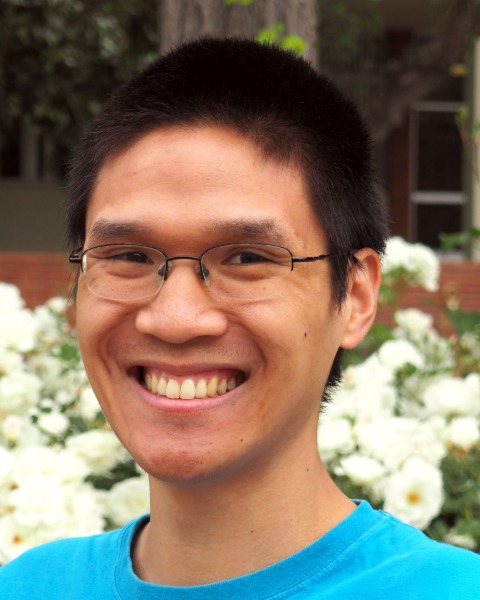Back
Turbocharging Innovation in CMC: Driving Back to Rational Drug Design
Session: Symposium: Next Generation Gene Therapies
Advanced Analytical Approaches for AAV Empty/full Capsid Characterization and Quantification
Tuesday, April 25, 2023
10:00 AM – 10:30 AM ET
Location: Salon C, 5th Floor

Joseph Ong, PhD
Expert
Novartis
Speaker(s)
Adeno-associated viruses (AAV) are one of the most promising viral vectors in gene therapy for effective delivery of a therapeutic gene of interest (GOI). During the production of AAV vectors, several critical quality attributes should be constantly monitored to ensure clinical safety and efficacy, one of which is the number of full capsids (containing the desired GOI) and empty capsids (lacking the desired GOI). In this presentation, several different analytical techniques (for example, AUC, MALS, CDMS) to determine the empty and full capsid ratio will be described and compared. In addition, efforts on IEX and iCIEF separations and quantification technologies will be presented. Perspectives on some emerging technologies, such as mass photometry, will also be discussed.
Learning Objectives:
- Upon completion, participant will be able to understand how the concentrations of empty and full AAV capsids affect the efficacy and safety of AAV-based gene therapies.
- Upon completion, participant will be able to understand the current best practices and state-of-the-art science on full and empty capsid characterization and quantification.
- Upon completion, participant will be able to understand advantages and disadvantages of different techniques and stimulate discussion on how to unify characterization across the field.

